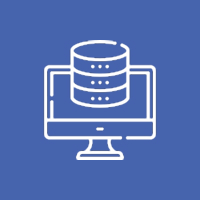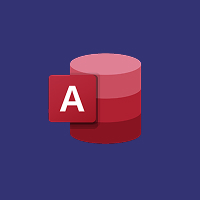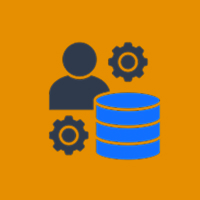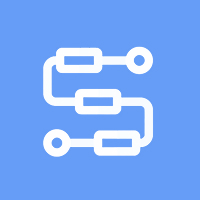In today’s fast-paced digital world, having a slow website can hurt your business. Users expect web pages to load quickly, and if they don’t, they might leave your site for a competitor’s. Fortunately, many factors can cause slow load times, and recognizing these mistakes is the first step in fixing them. Let’s take a closer look at common culprits and how you can resolve them.
1. Large Image Files
One of the biggest offenders when it comes to slow loading times is large image files. High-resolution images can significantly increase page load times, making your site sluggish.
How to Fix It:
Optimize your images before uploading them to your site. Use image compression tools like TinyPNG or ImageOptim to reduce file sizes without sacrificing quality. Additionally, consider using the appropriate formats (like JPEG for photos and PNG for graphics) to balance quality and size.
2. Too Many HTTP Requests
Every element on your webpage—images, stylesheets, and scripts—requires an HTTP request. The more requests your page makes, the longer it takes to load.
How to Fix It:
Minimize the number of elements on your page. Combine CSS and JavaScript files where possible, and use CSS sprites to reduce image requests. Also, consider using a minimalist design to decrease the number of elements your page loads.
3. Lack of Browser Caching
When users visit your website, their browsers need to download files like images, stylesheets, and scripts each time. If you don’t enable browser caching, your users may experience longer load times on subsequent visits.
How to Fix It:
Enable browser caching by setting expiration dates for certain types of files. This way, when users revisit your site, their browsers can load stored files instead of downloading them again. You can configure caching settings in your web server or through plugins if you’re using platforms like WordPress.
4. Not Using a Content Delivery Network (CDN)
If your website serves a global audience, hosting it on a single server can slow down loading times for users who are far from that server.
How to Fix It:
Implement a Content Delivery Network (CDN) to distribute your website’s content across multiple servers worldwide. A CDN helps deliver your site’s content to users from the nearest server, reducing load times and improving performance. Popular CDN services include Cloudflare and Amazon CloudFront.
5. Excessive Use of Plugins
While plugins can enhance functionality, using too many can bog down your website. Each plugin can add extra scripts and styles, leading to slower load times.
How to Fix It:
Review your plugins and deactivate or remove any that you don’t need. Keep only those that provide significant value to your users. Additionally, ensure that the remaining plugins are well-coded and regularly updated.
6. Unoptimized Code
Heavy, messy code can slow down your website. This includes unnecessary characters, spaces, and comments in your HTML, CSS, and JavaScript files.
How to Fix It:
Minify your code by removing unnecessary characters and spaces. Many tools and plugins can automate this process, making it easier to keep your code lean and efficient.
7. Not Choosing the Right Hosting Provider
The performance of your web hosting provider can significantly impact your website’s speed. Cheap or shared hosting plans may not provide the speed and reliability you need.
How to Fix It:
Invest in a reliable hosting provider that suits your website’s needs. If you expect high traffic, consider options like VPS (Virtual Private Server) or dedicated hosting, which offer better performance and resources.
Conclusion
A slow website can frustrate users and drive them away, ultimately impacting your bottom line. By identifying and fixing these common mistakes, you can significantly improve your site’s performance. Regularly monitoring your website’s speed and making adjustments as necessary will help ensure a seamless experience for your visitors and keep them coming back.
Contact Us Today













 Database Development
Database Development












































